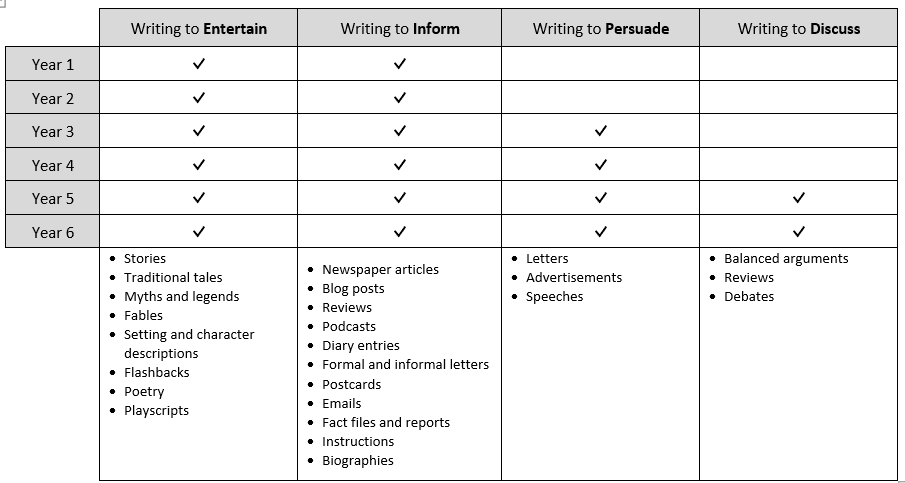Phonics and Spelling
In EYFS and Year 1, children have a daily phonics session, following the Monster Phonics DFE Validated Scheme. ‘Monster Phonics’ is a rigorous, systematic synthetic programme developed by Ingrid Connors, a primary teacher, phonics specialist and audiological scientist. All the resources within the programme are mapped against Letters and Sounds phases 1 to 6 and the KS1 Spelling Curriculum.
In Year 2, children have Monster Phonics phonics/spelling sessions three times per week, revising previously taught phonics content and teaching spelling rules and strategies.
Sounds & Syllables
Across Key Stage 2, spelling is taught through the Sounds & Syllables curriculum. The founding concept behind spelling in Sounds
& Syllables is the understanding that every word in the English language, from the simplest to the most complex, is constructed in the same way. Each word is a collection of spellings, each of which represents a speech sound. These sound-spelling matches are clustered into syllables.
The Phonemic Spelling Sequence
When spelling words, children follow a five-step sequence:
- Say the word clearly in a spelling voice
- Snip the word into syllables
- Say sounds and write spellings
- Target misspellings
- Link to known words and patterns.
Sounds & Syllables Curriculum
The Sounds & Syllables components of learning have been organised into four tiers, each tier correlating to a year group within key stage two. Each tier consists of phases which group together similar objectives. The number of units varies between phases but there are 36 units within a tier.
Sounds & Syllables cover the requirements for spelling in the key stage two national curriculum. These objectives are in bold in the tier overviews. However, the content in Sounds & Syllables units goes beyond the National Curriculum content by revising content from key stage one; covering a larger number of prefixes and suffixes; and including Latin and Greek bases.
The Spelling Week
Each week, a new unit from the spelling curriculum is taught. ‘The Spelling Week’ is comprised of four spelling lessons, each lasting approximately 20 minutes. Whilst each unit is unique, the format of lessons is broadly the same.
Day 1 – Word Study: Children are introduced to a new list of core words. They examine these words carefully to identify a pattern and, where applicable, understand why words are spelled in this way e.g. etymology, morphology.
Day 2 – Whole Class Spelling: During this session, the teacher will explicitly model the phonemic spelling sequence for a selection of the core words with the children mirroring on mini-whiteboards. The teacher will slowly remove the scaffold, enabling children to spell the words more independently.
Day 3 – Spelling Practice: Children will complete a worksheet comprised of a number of tasks e.g. Word Map, Repeated Spelling, Mixed Up.
Day 4 – Test and Review: This session will begin with a small test of seven words (five words from the current unit’s core words and two from the previous week). Following the test, the teacher will identify common misconceptions and address these in a review activity.
Statutory Spellings
In addition to the spellings taught in weekly units, children will practise the spellings of words from the Year 3 & 4 and Year 5 & 6 statutory word lists (found in Appendix 1 of the Primary English Curriculum or in Pupil Organisers). Words from these lists are taught and assessed in writing lessons, where children are expected to include them in their independent writing.





